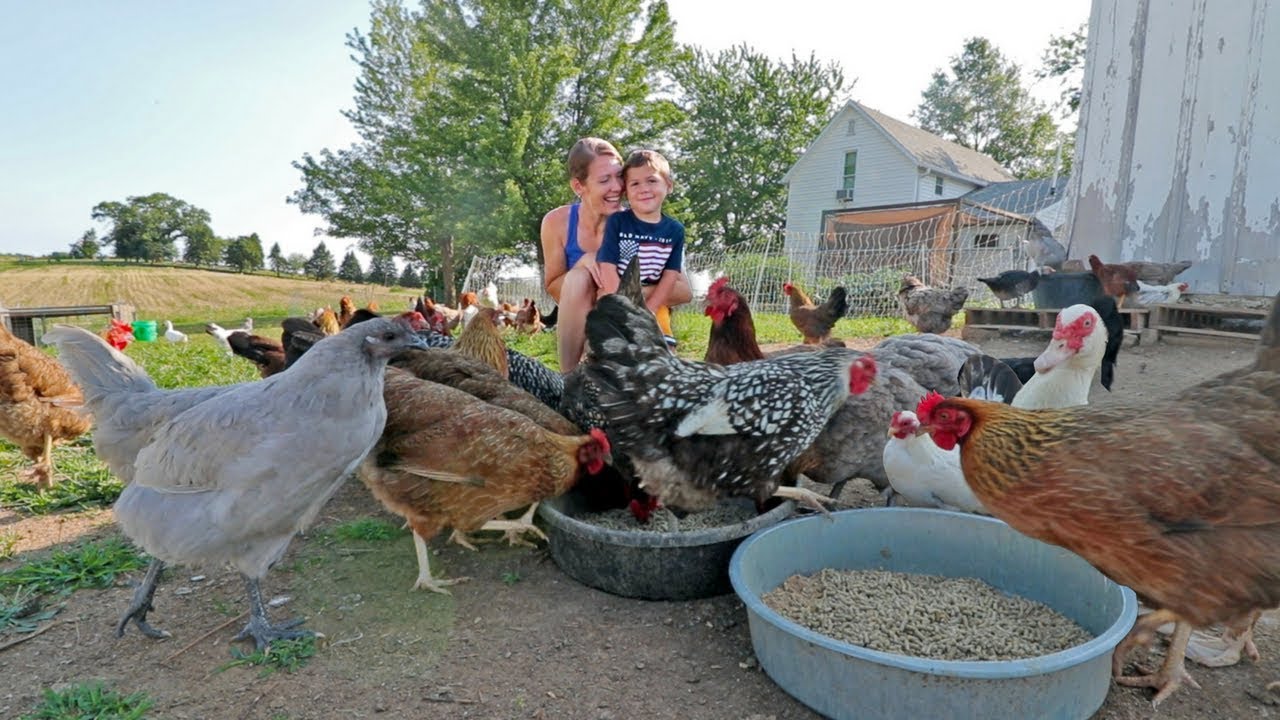Moving with a flock of backyard chickens over a long distance can seem daunting, but with the right preparation and knowledge, it can be done successfully. Whether you’re heading across the state or the country, understanding how to transport your chickens safely and minimize their stress is key to a smooth transition for both you and your feathered friends.
Choosing the Right Vehicle for Transporting Chickens
When planning how to move long distance with a flock of backyard chickens, the vehicle you choose is paramount. An SUV or a van with ample space can serve well, especially when outfitted with appropriate carriers. Ensure that there’s enough room for crates and that your vehicle has proper ventilation to keep the air fresh and temperature stable throughout the journey.
Before the move, vehicle preparation is necessary. Remove any harmful substances or objects from the vehicle, and plan to have an area that is dedicated to your chickens, free from luggage or other items that could shift and harm them.
It’s also critical to think about chicken health during transport. The vehicle should allow for stops along the way to check on the chickens and provide them with food and water. Remember, the comfort of your chickens during the move is just as important as their safety.
How to Transport Chickens Safely and Easily?
Transporting chickens in a car safely involves securing them in sturdy crates or carriers. These should be spacious enough for the chickens to stand and turn around but cozy enough to prevent excessive movement.
- Choose crates that are easy to clean and have good ventilation.
- Line the crates with bedding to absorb waste and provide comfort.
- Place the crates in a part of the vehicle that maintains a consistent temperature.
- Consider adding herbs such as lavender to the bedding to help minimize stress for traveling chickens.
It’s essential to keep the chickens in a darkened environment as much as possible, as this can have a calming effect. Provide access to water using spill-proof containers and offer feed during rest stops to maintain their routine.
Tips for Reducing Stress in the Flock During Travel
Stress relief is critical when moving chickens long distance. Begin by familiarizing your chickens with the crates a few days before the move. Place them inside for short periods so that the crate is not a completely new environment on moving day.
During the journey, plan for regular stops to check on your flock. Ensure they have enough water and are not overheating. If the weather is warm, plan your travel during cooler hours.
Best practices for moving chickens also include maintaining a calm environment. Avoid loud music and sudden movements that could startle the birds. Supplements or treats can also help keep them relaxed during the move.
Preparing Crates for Long-Distance Chicken Transport
Chicken crate preparation is a crucial step in ensuring the safety and comfort of your chickens. Use crates that are specifically designed for poultry or modify dog carriers by adding mesh to improve ventilation.
Inside the crate, provide a layer of straw or shavings to absorb waste. Additions like a perch can allow chickens to roost, which is a natural and comforting behavior.
Ensure that each crate is secure within the vehicle to prevent tipping or sliding. Label each crate with your contact information in case of an emergency.
Adapting Your Chickens to a New Home After the Move
Upon arriving at your new home, it’s important to help your chickens adjust to new environments. Create a quiet, enclosed space where they can explore and become comfortable with their new surroundings.
Resume their normal feeding routine as soon as possible and consider providing electrolytes and probiotics to boost their immune systems after the stress of travel.
Be patient as your chickens acclimate. It may take some time for them to resume their regular laying patterns, but with proper care and attention, they will soon settle into their new home.
How to Ensure a Smooth Journey With Your Chickens?
To ensure a smooth journey, make a checklist of all the essentials you’ll need, including food, water, supplements, and any medications your chickens require. Plan your route carefully, considering the needs of your flock and the best times to travel to avoid traffic and extreme weather conditions.
It’s also beneficial to minimize stress for traveling chickens by keeping routines as normal as possible. If they’re used to free-ranging, give them some time to roam before confining them for the journey.
Lastly, stay calm yourself. Chickens can pick up on your emotions, and if you’re stressed, they’re more likely to be stressed too. Keep a level head, and your chickens will be more likely to remain calm.
Frequently Addressed Aspects of Chicken Transport
How to transport chickens long distances?
To transport chickens long distances, secure them in well-ventilated crates with comfortable bedding, ensure they have access to water, and maintain a stable vehicle environment. Regular checks and breaks can help keep them calm and healthy.
Use a vehicle that provides enough space and ventilation, and prepare your chickens for travel by getting them used to their crates in advance. Minimize their stress by keeping the travel environment as quiet and dark as possible.
What is the 90/10 rule for chickens?
The 90/10 rule for chickens suggests that 90% of their diet should consist of their regular feed while 10% can be made up of treats. This rule is essential to maintain when moving long distances to ensure their dietary needs are met.
During travel, maintain this feeding ratio to keep your chickens’ digestive systems stable and to reduce the risk of stress-induced health issues.
How to move a flock of chickens?
Moving a flock of chickens requires careful planning and consideration of each bird’s needs. Use appropriate crates, maintain their routine as much as possible, and ensure their safety and comfort throughout the journey.
Best practices for moving chickens include gradual acclimatization to travel containers and monitoring the flock’s health and stress levels closely during the move.
How long can chicken travel in a car?
Chickens can travel in a car for several hours if their basic needs are met. However, it’s best to limit travel time to the shortest duration possible to reduce stress and potential health issues.
Plan for frequent stops to offer water, food, and to check on the wellbeing of your chickens. Ensure they’re not exposed to extreme temperatures and that ventilation is adequate.
As part of your preparation, take a moment to watch this helpful video on chicken transport:
Remember, the key to successfully moving chickens long distance is preparation, consideration for their wellbeing, and a little patience. With these tips, you can ensure that both you and your chickens arrive at your new home ready to start fresh.





